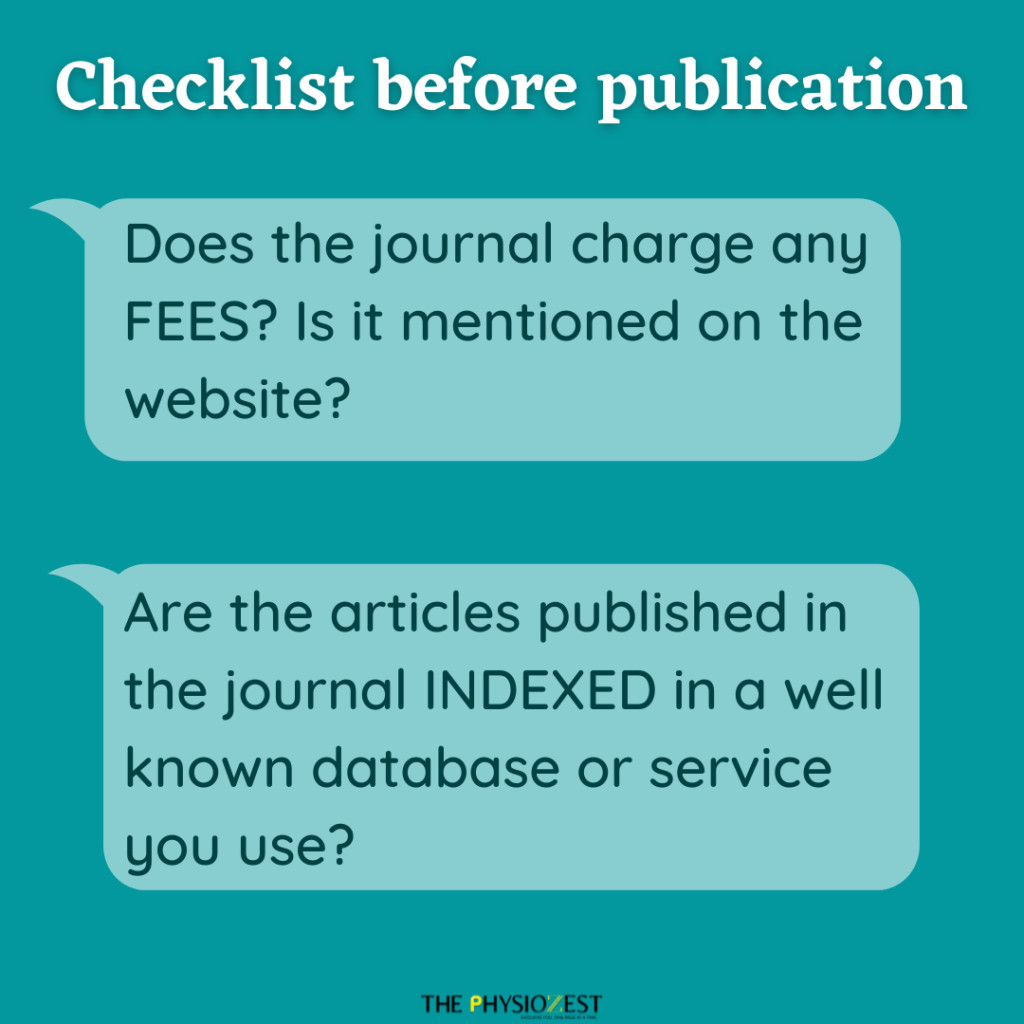
4.6 min read | Literature review
Road Map to Publishing in a Scientific Journal
Written by Janhavi Atre
Graphics by Divya Sharma
Audio by Chinmayee Patil, Aparna Premraj, Janhavi Atre
Guest Contributor: Dr. Suvarna Ganvir
Share this article
Table of Contents
Tremendous efforts are put in while carrying out scientific research and drafting the best paper for presentation as well as writing the manuscript for publication. Publishing the much-deserving research into an equally deserving journal can become quite challenging.
It is often said, “Publish or Perish”. The success of a researcher often depends on the maximum number of articles published in various renowned journals. But to achieve this, researchers often resort to publishing their work into the first journal they come across. This affects the outreach of the article and it is often neglected by other researchers for considering it as a reference for their article. So it becomes imperative to select a journal that will reach a maximal audience and provide justice to your research work.
We have listed specifics to look for while selecting journals for publishing your work:


1. Application of Scientific Methods
Journal that uses strict and scientific ways to ensure the purpose of research, design and methodology, data analysis, results, and discussion enhance the scientific quality of the article. The use of proper plagiarism checks by software and reporting guidelines helps to maintain the research quality and enhance the replicability of the research. Examples of reporting guidelines are STROBE, CONSORT, PRISMA, etc. Registration of clinical trials before the time of first patient enrollment needs to be considered for manuscript review.
2. Impact Factor
Impact Factors are used to measure the importance of a journal by calculating the number of times selected articles are cited within a particular year. The higher the impact factor, the greater is the chance of an article to have more visibility in the field.
3. Indexing Status
An article’s visibility improves if it is published in a journal indexed by a quality database. Thus, the published article is easily discoverable and can be read by others. Some examples of major citation databases are Cumulative Index for Allied and Health Literature (CINAHL), MEDLINE®, Elsevier Scopus and EMBASE, Clarivate Analytics Web of Science.
4. Publication Types, Frequency & Charges
It is mandatory to know the type of research articles the journal publishes. Some examples are – Original Research articles, short communication, case studies, narrative reviews. Knowing the frequency of the publication (Monthly/quarterly/yearly) allows us to figure the stipulated time frame taken for actual publication after receiving the acceptance. Publication charges vary depending upon the access provided by the journal. Open access journals charge more than journals with limited access. Also, there should be no surprise fees after the submission of a manuscript for peer review. Reading the guidelines on the journal website proves to be a vital factor.
5. Editorial Quality
Editorial quality is one of the major factors for the selection of a journal for publication. Grammar, punctuation mistakes, and misspellings often degrade the quality of the journal and affect the readability. Titles and abstracts of the previously published articles need to be read before considering the journal for publication. If the title does not follow a proper format or if an abstract is incomprehensible, that journal should be ruled out for publication.
6. Peer Review Process
A peer review is an evaluation of scientific research by peers working in the same field. A good quality journal will fully disclose the peer review process including criteria, selection of reviewers, the type of peer review, and time taken for the peer review.
7. Time from Acceptance to Publication & Rejection Rate
If in need of rapid publication, one should specifically look for journals that respond fast and take short periods from acceptance to publication. Journals with a high rejection rate should be given a thought before actually sending manuscripts for publication.
8. Ethics
A quality journal will include information as to issues such as plagiarism, conflicts of interest, internal review board approval, informed consent, human and animal subject research, confidentiality, fraud publications, ghost authorship, data and image manipulation, and other ethical considerations. A journal should include information about ethics on the journal website including their expectations from authors and how the issues about plagiarism, informed consent, and confidentiality are addressed.
9. Editorial Board Members
Editorial board members of the journal should be known as established experts in the field related to the aim and scope of the journal, affiliated with known institutions, and hold appropriate academic credentials. Contact information for editorial staff should also be available. Editorials authored by the Editor-in-Chief or members of the editorial board give an idea about their expertise and credibility as a researcher.
10. Journal Reputation
The reputation of a journal includes the publisher of the journal, the sponsors of the journal, aim, scope, and mission statement. All these guidelines should be mentioned on the journal website to prevent any misuse and malpractice after acceptance.
11. Copyright
Copyright is a bundle of rights that allows authors to use, discard, display or modify the work in any medium. Many journals give authors full rights to their work. Transparency in a journal’s copyright policy is extremely essential to maintaining the quality of a journal.
Publishing completed research is one of the most essential steps for enhancing scientific progress. Quality research work should reach a maximum number of people and that can be achieved only by selecting a proper journal for publication.
To conclude, journals having-
should be considered for research publication. This will not only maintain the quality of our research work but also improve the visibility of the research.



